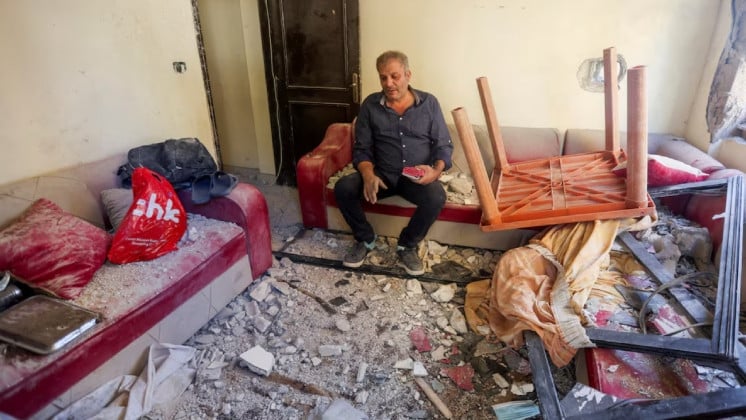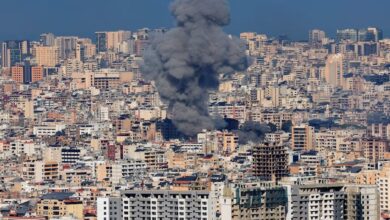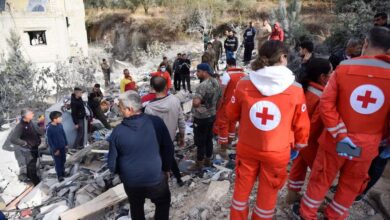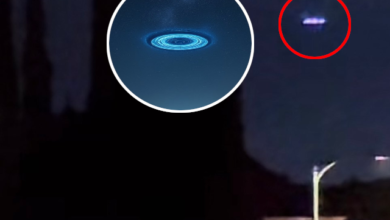Israeli air attacks in eastern Lebanon have killed at least 40 people and wounded 53 in the Baalbek region of the Bekaa Valley, according to Lebanon’s health ministry.
The strikes, which took place on Wednesday, were carried out under the pretext of targeting areas reportedly linked to Hezbollah, the Iran-backed group.
This marks a significant escalation in the ongoing conflict between Israel and Hezbollah, which has intensified since late September, coinciding with Israel’s war against Hamas in Gaza.
Over the past year, Israeli forces have carried out air attacks and ground invasions into southern Lebanon and its border regions, where Hezbollah maintains a strong presence.
The attack on Baalbek comes just days after Israeli attacks hit a multi-story building in Barja, south of Beirut, killing at least 20 people. Lebanese rescuers have been combing through the debris in search of survivors.
One survivor, Moussa Zahran, described how heavy rubble fell on his young son during the attack, resulting in serious injuries. He expressed disbelief at the lack of an evacuation warning before the air raid.
In response to the attacks, Hezbollah fired missiles at Israeli military sites, including a base near Ben Gurion Airport, while the Israeli military reported intercepting some of the incoming rockets.
Hezbollah’s Secretary-General, Naim Qassem, stated that negotiations could be possible, but only if Israel stops its aggression against Lebanon.
Qassem emphasized that “only the battlefield” would halt the violence, underlining Hezbollah’s stance against diplomatic resolutions unless Israel ceases its military actions.
He appeared in a televised speech on Wednesday, reaffirming the group’s readiness for further confrontation.
He stated that Hezbollah had “tens of thousands” of trained fighters ready to continue their defensive campaign against Israel.
The Israeli military, however, claims that its operations are aimed at eliminating Hezbollah’s military infrastructure.
Israel alleges it has successfully targeted several Hezbollah strongholds in southern Beirut, including command centers and weapons storage facilities.
On Wednesday, the Israeli air force conducted additional invasions in southern Beirut after issuing evacuation orders to residents in the southern suburbs, areas known to house Hezbollah operatives.
Further complicating the situation, a proposal for a 60-day ceasefire brokered by the US faltered due to the ongoing US presidential election, with President-elect Donald Trump having expressed a firm stance on Israel’s right to defend itself.
The US has been a key player in diplomatic efforts to end the fighting between Israel and Hezbollah, though talks have struggled to make headway.
The United Nations and various humanitarian organizations have raised concerns about the mounting civilian casualties and the humanitarian toll of the ongoing conflict.
The UN’s humanitarian chief, Joyce Msuya, warned that civilians in Gaza, who are under a brutal Israeli siege, are “starving while the world watches.”
In Lebanon, the situation is similarly dire, with basic infrastructure severely damaged by Israeli airstrikes and widespread displacement among the Lebanese population.
Since the conflict’s escalation in late September, the death toll in Lebanon has surpassed 3,000, with over a million displaced. In Israel, at least 70 people have been killed in Hezbollah rocket attacks.
Despite the violence, Israel continues its bombardment of Lebanon, and tensions remain high as the invasion continues to spill across borders.
The fighting between Israel and Hezbollah has raised concerns about broader regional instability, with both sides showing no signs of backing down, and international efforts for a ceasefire continuing to stall.







